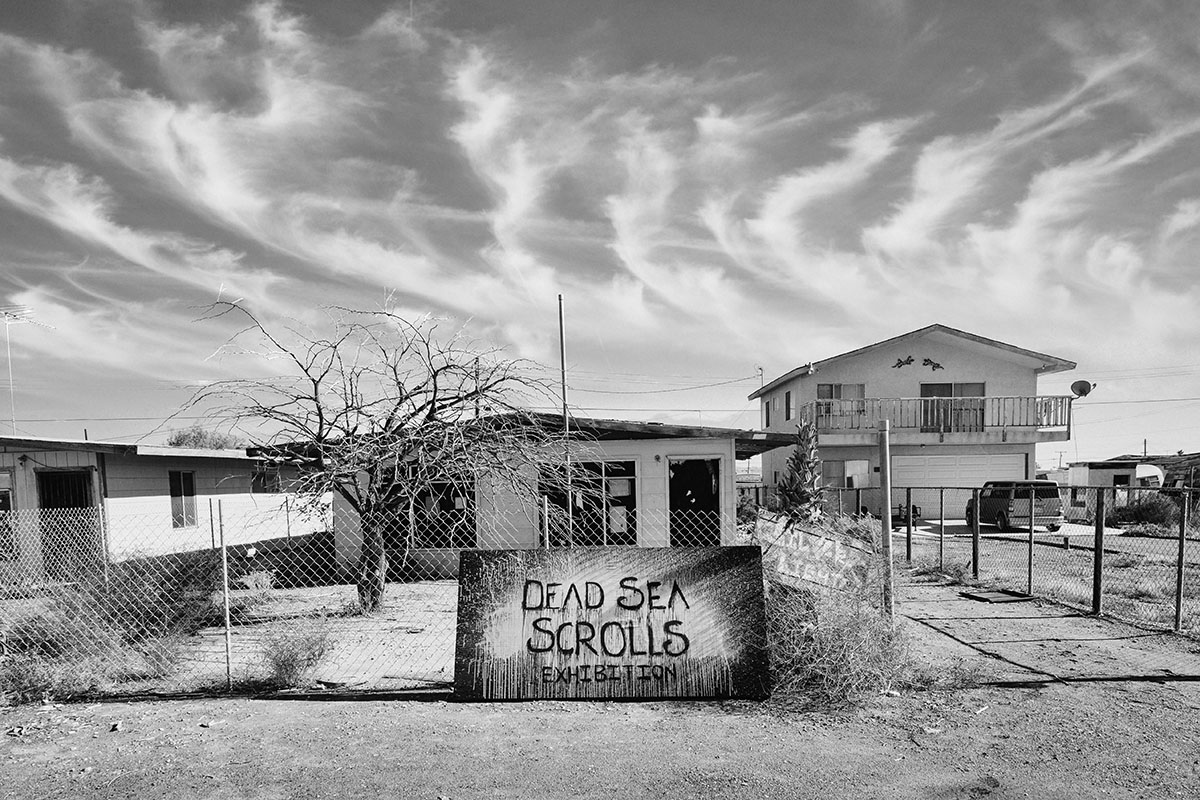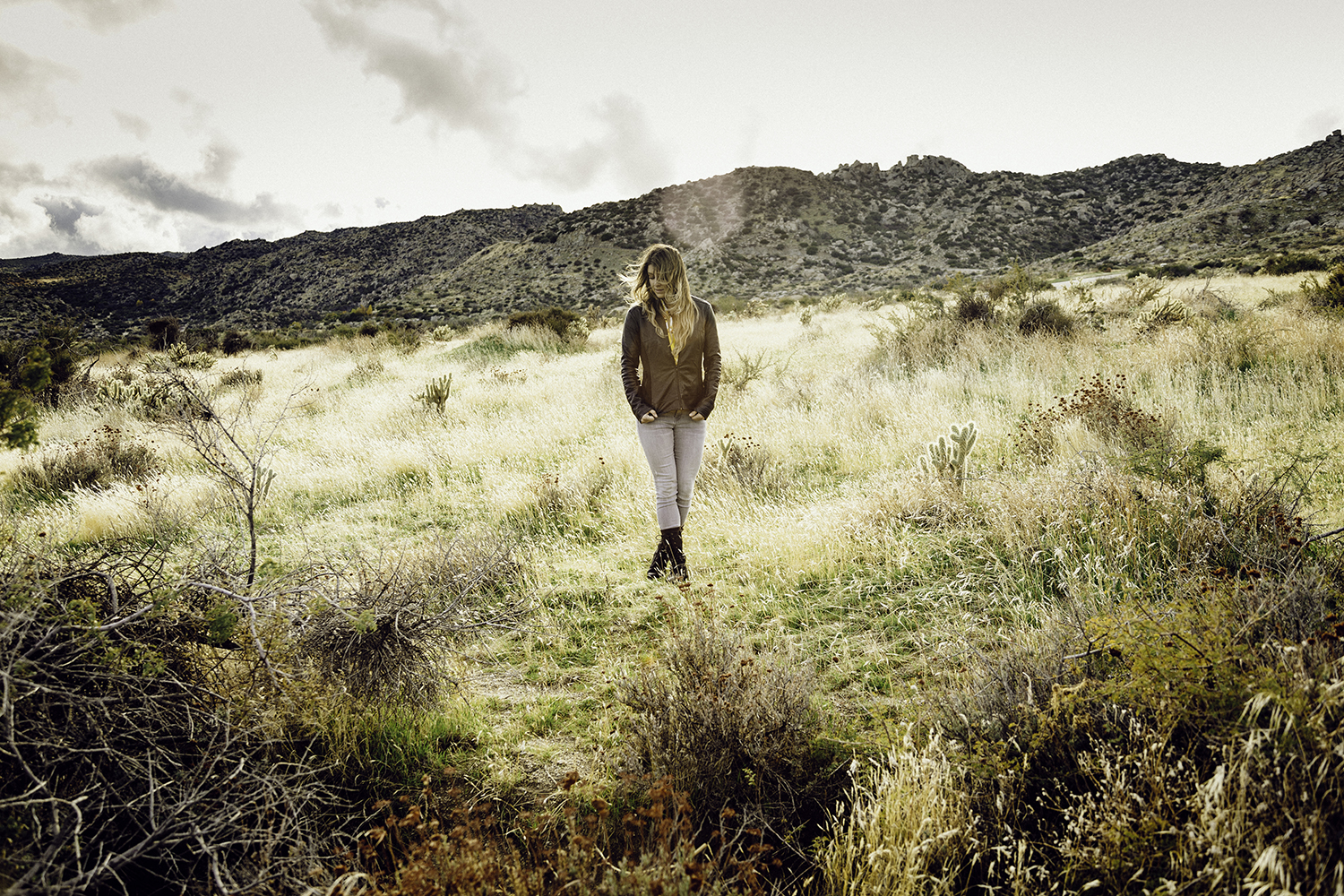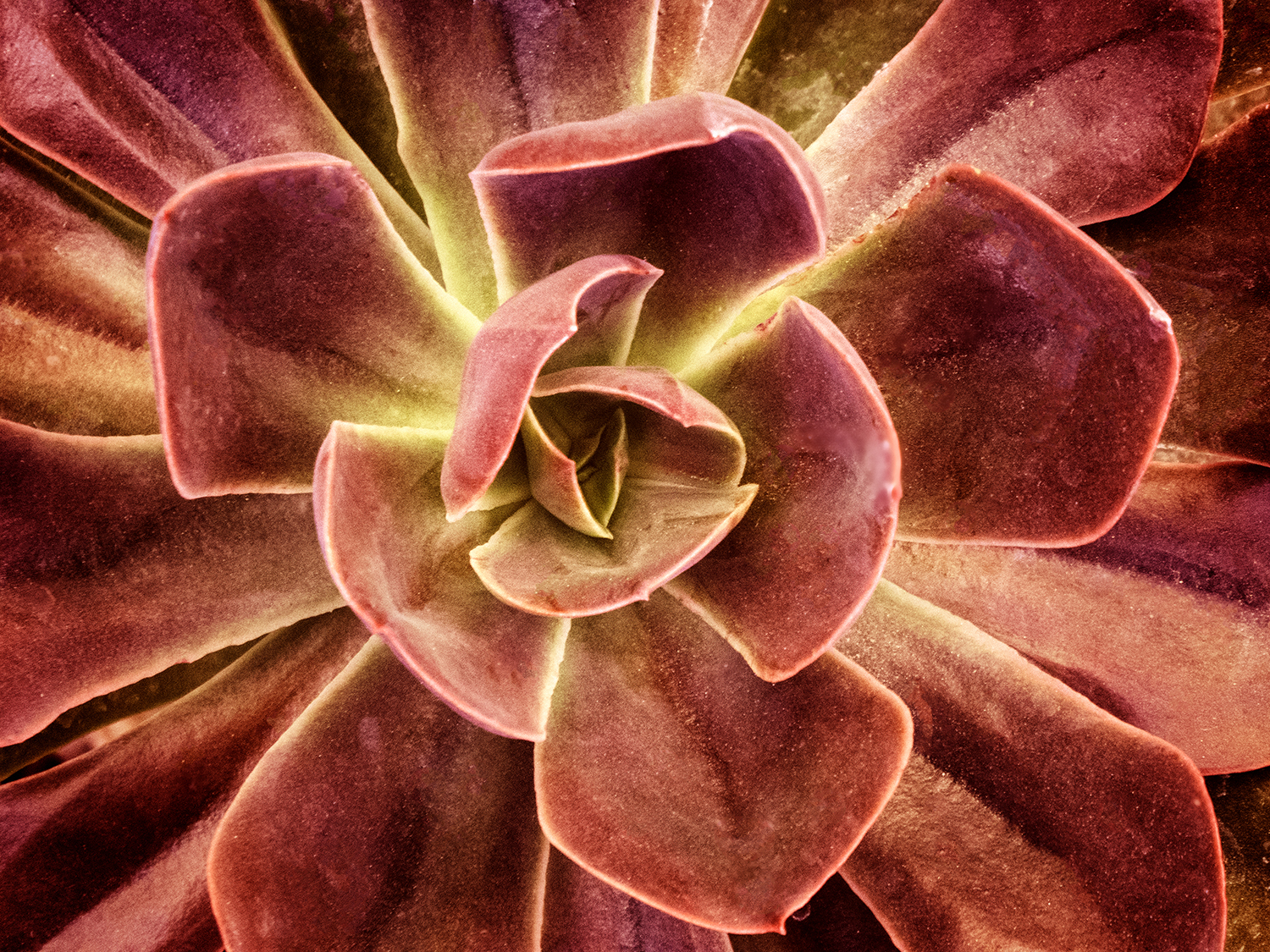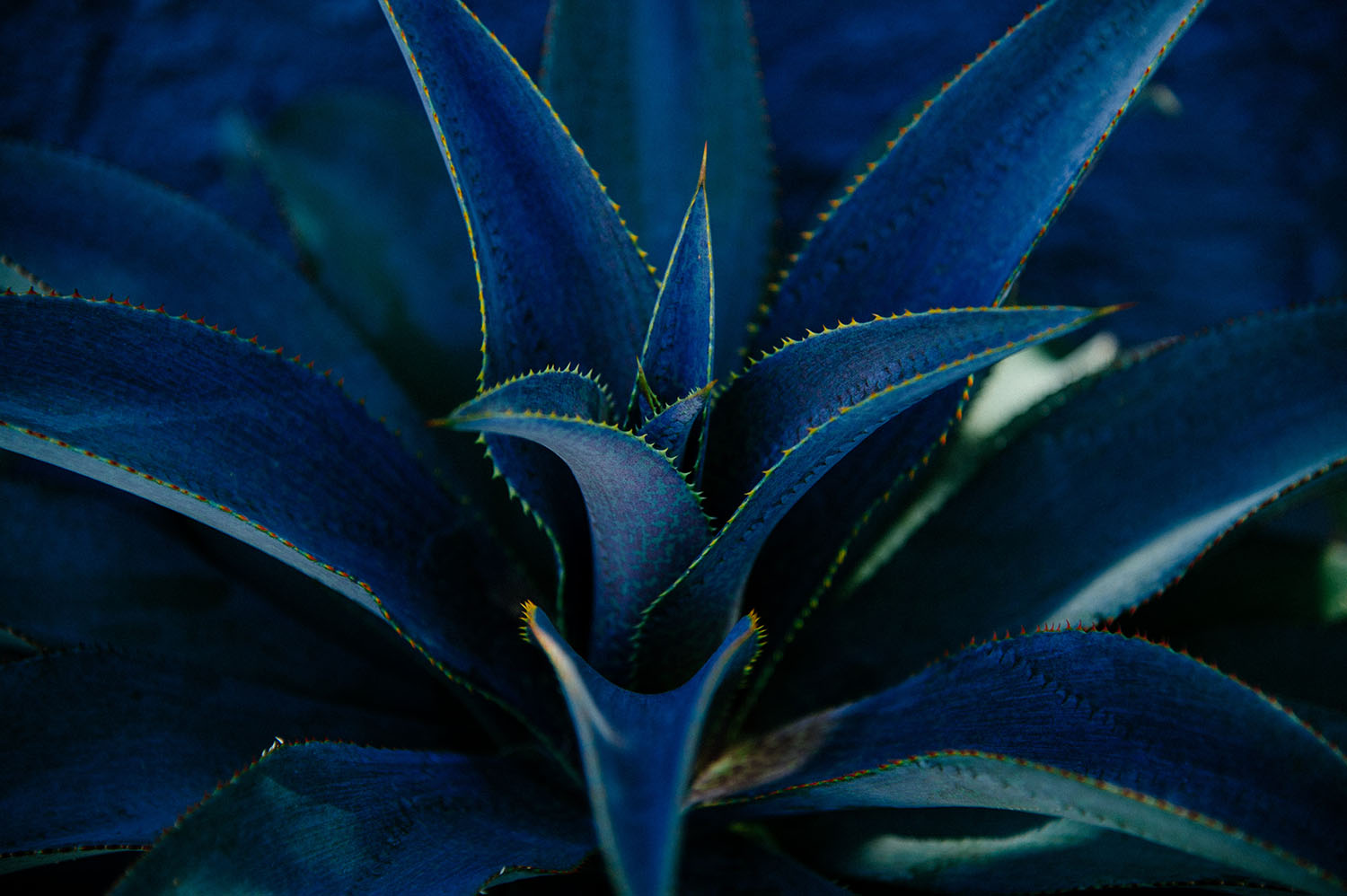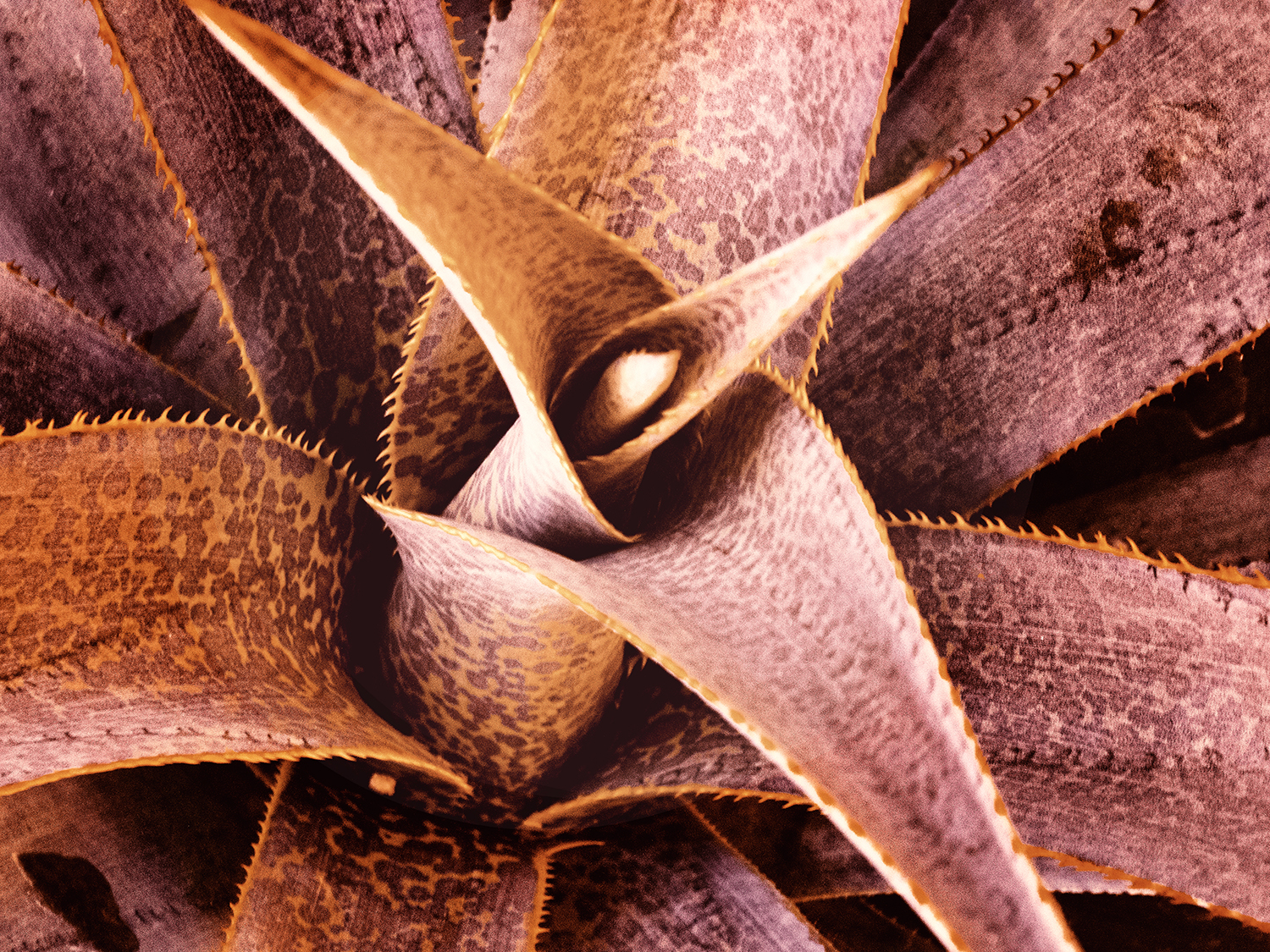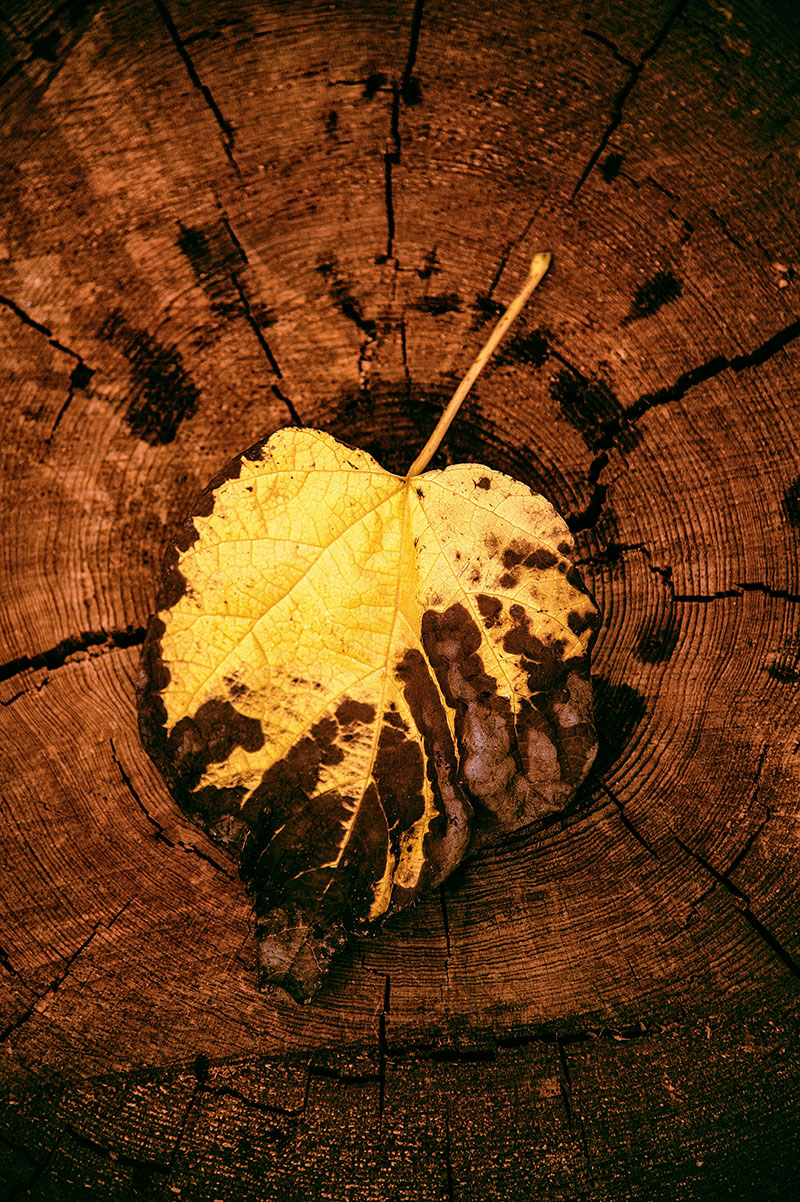25 DAILY IDEAS TO HELP RECOVER YOUR CREATIVITY (21-25)
MORE IDEAS ON BUSINESS, CREATIVITY, AND THE ART OF PHOTOGRAPHYWEEK ONE
IDEAS 1 - 5
WEEK TWO
IDEAS 6 - 10
WEEK THREE
IDEAS 11 - 15
WEEK FOUR
IDEAS 16 - 20
WEEK FIVE
IDEAS 21 - 25
TWENTY ONE: SHOOT IN BLACK AND WHITE FOR BLACK AND WHITE IMAGES
And do this for an extended time.
For instance you are taking a long weekend or week long road trip.
Set your camera for monochrome, set your viewfinder for monochrome, and shoot only in monochrome for the entire time.
(Do not worry, your monochrome shots in RAW are still in color if you need them.)
Training the eye to see line, dimension, shape, relationships, luminance, and composition in monotones is really a fun exercise.
Imagine you are Robert Frank, or Irving Penn out to make photographs of the unique and amazing area you are visiting.
Work the post processing all the way through and make sure you get your black and white images finished before you see the color renditions.
The images below were taken on a recent trip though the Salton Sea area of California.
TWENTY ONE: SHOOT IN BLACK AND WHITE FOR BLACK AND WHITE IMAGES
TWENTY TWO: LET’S GO FOR QUANTITY OVER QUALITY
TWENTY THREE: PHOTOGRAPH THE SAME THING FOR TWO WEEKS
TWENTY FOUR: TAKE THE MINIMALIST VIEW
TWENTY FIVE: CREATE A GALLERY AND SHOW YOUR WORK
PRO TIP:
Working in B&W is a choice today.
B&W or monochrome is no longer the ugly step-sister of color, it is its own visual language, and there are situations and subject matter that simply calls out for great black and white imagery.
Take your time and think about what you are shooting, and find the reasons why Black and White (or monochrome) makes sense in the situation you are shooting.
TWENTY TWO: LET’S GO FOR QUANTITY OVER QUALITY
Yep, that’s right.
I am talking about the exact opposite of shooting deliberately.
I am talking about shooting with abandon, no filter, nothing to judge.
Pick a subject or an area or a favorite model and get your shot considered in your brain.
Then shoot it with complete abandon.
From the top, the bottom, from the side, use creative and weird composition, try shooting ‘blind’ by holding the camera away from the eye and sprayin’ whilst prayin’…
This is not a gig, it is an exercise.
NEVER LOOK AT THE BACK OF THE CAMERA!!!!
This is a no-holds-barred attempt to shoot your subject from close up to far away, and in every kind of light we can find, and from every point of view we can get to.
I bet you will find something you like in the mish-mash of imagery you create.
Below is a shot that was very difficult to see through the viewfinder. The sun was flaring so much I could hardly see Bri in the camera. I took it anyway because I figured what the heck – could be something. A wee bit of processing magic and I ended up with a shot I really like, and the knowledge that I may be able to do that again as a repeatable style.
PRO TIP:
One of the most important parts of this is to try all things… exposure, composition, DoF, lenses, angles, POV, and lighting direction.
Every time you hear that ‘judgemental’ voice, you shut it up. This is the exact opposite of shooting with deliberateness.
This is shooting to see what else can happen in a camera other than us striving for excellence.
And of course you try to make some good shots, but at the same time you do not prevent yourself from taking something that may not seem right or ‘normal’ for your style of shooting.
Below is a shot I did of Bri a few weeks ago. The light was flooding my lens with flare, and the contrast was extremely high, but I took the shot. A wee bit of processing magic and I have an image I really like.
TWENTY THREE: PHOTOGRAPH THE SAME THING FOR TWO WEEKS
I have a succulent garden on my front patio area.
I love cactus and succulents and the myriad of shapes and colors that they present.
And the way that light falls on them is spectacular.
So I try to photograph that little cactus garden every day.
Sometimes I get a very cool image but most times I just get a ‘teaching moment’, and that is so fine with me.
So here’s what you do – find something familiar and not too far away (that keeps resistance at bay) and shoot it every day for two weeks. Morning, noon, evening… whenever it seems like a good time to make an image or two.
Rain, shine, natural light, strobe, continuous… who cares. Just make the images in the best way you can.
Below are three of my succulent shots.
PRO TIP:
Try doing this with every trick in your arsenal.
Macro, telephoto, wide angle, bounce cards, strobes, softbox, grid spot, focus stacking.
And don’t be shy on the processing.
Color grade for a cinematic look. Try black and white. Spend some time with filters and color management.
This kind of thing can turn into a very cool portfolio if you keep working it.
And if you want to see what can really happen, try doing this for a full month.
TWENTY FOUR: TAKE THE MINIMALIST VIEW
One thing that I like to do when I am not feeling particularly overjoyed in the environment I am shooting in, or with what I am doing particularly, is to try to synthesize the image down to its most basic parts.
Find the essence of it in other words.
Instead of putting it in context, I may try to remove all context and just show that one thing.
This can be done with composition, POV, and exposure.
DoF – especially shallow DoF – can be used to isolate a particular part of something or an area and help us show the absolute basics of the subject.
Consider subject matter like spoons, or shells, or jewelry, or a fishing boat.
How could we take a minimalist route with those subjects and end up with something that shows us what the subject is – from a bare minimalist POV?
We can frame it differently, crop out stuff that may be extraneous, and use lighting to bring parts of it into view while shadowing others.
There are lots of tricks and ways to go.
Hit the streets and look to take a minimalist approach to making your images.
Here are three of mine.
PRO TIP:
You do not have to minimalize gear, we have already looked at those scenarios.
So use whatever you need to use to make something very cool.
I am preferring natural light and augmented natural light these days, but I can see some scenarios where using my lighting could indeed be used to simplify a shot.
Imagine lighting a single saguaro cactus with strobes during the day, or taking a softbox with a continuous light into the forest to shoot mushrooms.
Hey, why not.
Get in close, work with tools that help you isolate and dig for the essence of the subject.
TWENTY FIVE: CREATE A GALLERY AND SHOW YOUR WORK
You have been working hard on your creative output, and you deserve some credit.
Choose 12 – 20 images and get them printed or print them yourself.
Mat and frame them with nice, simple frames and put up a show.
Choose a space in your office or home and show off your work.
Even go so far as to add some track lighting for the best presentation.
With your own personal gallery, you can change out the photographs whenever you want.
A wonderful way to see how your creative output is growing, and also developing an eye for presentation as well.
Just as I think every photographer should have a crappy first portfolio, they should have a mediocre gallery as well.
But imagine what that gallery will look like in a year.
Seeing the work everyday, and seeing how the images work together – and how some sort of fade into the memory hole sharpens your eye, and creates a better set of images month after month.
This is a long term play, but it is so powerful in its ability to train your eye for what happen after the shutter clicks.
Good luck, and have a great ‘opening’ for your little gallery of images.
PRO TIP:
There are other places that may be interested in showing your work as well.
Coffee shops, local libraries, municipal buildings, schools, civic groups, non-profits – all have wall space and if your subject matter works for them, it may be possible to get a show there.
I know several photographers who have had a great time showing their work at these local galleries, and while sales are not huge, they have also made connections that have helped them grow their business.
Put your photos together and go visit the establishments.
You will have to mat and frame them yourself, so there is some expense, but the pride you feel when you see your work hanging in a public space is pretty cool.


